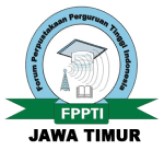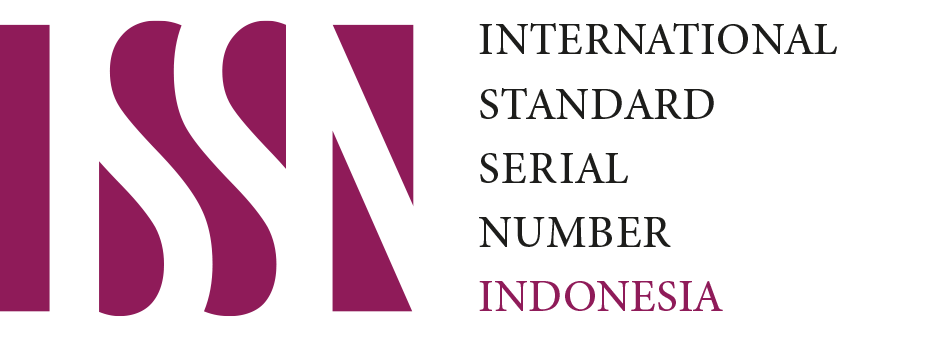Personnel Records Management In Tanzania
Downloads
Background of the study: Inadequate and improper storage facilities, absence of electronic records management system, inadequate space for records storage, human resource officer's lack of records management skills and lack of internal training were the main challenges affecting the management of personnel records in Liwale district council.
Purpose: The study aimed at investigating the personnel records and the challenges faced in management of these records in Liwale district council (LDC) in Tanzania.
Method: The study used a qualitative approach in which 30 respondents were purposely selected. Questionnaires and in-depth interviews were used to collect data. Quantitative data were analyzed using Statistical Package for Social Science version 20 while qualitative data were subjected to content analysis.
Findings: Findings revealed that appointment letters and letters of confirmation were the most cited (16.7%) type of personnel records readily available in various departments at Liwale District Council. Others include health and social security records, letter of transfer, notification of termination/death and retirement, medical report, wages and salary slip, and copy of birth certificate.
Conclusion: It is recommended that Liwale district council should address the challenges faced in the management of personnel records for better and fair decision-making.
Downloads
Abias, N., Namubiru, S., Mawejje, A., Zepiya, D. A., & Nabawanuka, S. (2021). Assessment of records management practices at the Ministry of Finance, Planning and Economic Development (MOPFED) (Doctoral dissertation, Makerere University).
Aylwin, J., & Policzer, P. (2020, April). No Going Back. The Impact of ILO Convention 169 on Latin America in Comparative Perspective. In The Impact of ILO Convention (Vol. 169).
Cyrille, N I. (2010). The management of personnel records in the president's office, public service management Government of Tanzania. (Master Thesis, Moi University)
Derua, D. (2020). Application of Records Management Practices on Administrative Decision Making in Tanzania Banking Industry: A Case of TIB and CRDB (Doctoral dissertation, Mzumbe University).
Hu, N., Zhang, T., Gao, B., & Bose, I. (2019). What do hotel customers complain about? Text analysis using structural topic models. Tourism Management, 72, 417-426.
Karunarathne, E. A. C. P., & Wickramasekara, A. (2020). Middle Level Managers' Organizational Commitment on their Job Performance in Agricultural input Distributing Companies in Sri Lanka. International Journal of Information, Business and Management, 12(4), 28-38.
Kautto, T., & Henttonen, P. (2020). Records management as invisible work: A study of Finnish Municipalities. Government Information Quarterly, 37(4), 101460.
Keakopa, S., Millar, L., O'Shea, G., Nordland, L. P., Suderman, J., Ardern, C., & Yusef, Z. M. (2009). Understanding the context of electronic records management. Training in Electronic Records Management. International Records Management Trust. Retrieved from https://bit.ly/2RaDER5
Kiondo, E. K. (2015). Legal and regulatory framework for personnel records management in Tanzania. International Journal of Education and Research, 3(9), 377-386
Mabera, S. U. (2020). Implications of Poor Management of Students' Academic Records in Nigerian Universities. Information Impact: Journal of Information and Knowledge Management, 11(3), 31-40.
Makwae, E.N. (2021), "Legal frameworks for personnel records management in support of accountability in devolved governments: a case of Garissa County Government", Records Management Journal, 31(2), 109-133. https://doi.org/10.1108/RMJ-05-2019-0024
Migiro, S. O., & Magangi, B. A. (2011). Mixed methods: A review of literature and the future of the new research paradigm. African Journal of Business Management, 5(10), 3757-3764.
Mohamed, B. M., Rasheli, G. A., & Mwagike, L. R. (2018). Marginal effects of factors Influencing procurement records management: A survey of selected procuring entities in Tanzania. International Journal of Social and Administrative Sciences, 3(1), 22-34.
Mubofu, C., Mambo, H., & Samzugi, A. (2020). Academic Libraries and Information Resources Preservation Strategies: Past, Present and the Way Forward. Covenant Journal of Library and Information Science, 3(1), 1-11.
Nwaomah, A. E. (2015). Political factors' influence on students' records management Effectiveness in the Nigerian university system. European Journal of Research and Reflection in Management Sciences, 3(2), 29 –41
Oweghoro, B. M. (2015). Health records retention and disposal in Nigerian hospitals: survey of policies, practices, and procedures. African Journal Libraries, Archives and Information Science, 1(25), 69-76.
Popoola, S. O., & Oluwole, D. A. (2007). Career commitment among records management Personnel in a state civil service in Nigeria. Records Management Journal, 2(17), 107-116. https://doi.org/10.1108/09565690710757904
Robyns, M., & Woolman, J. (2011). Institutional functional analysis at Northern Michigan University: a new process of appraisal and arrangement of archival records. The American Archivists, 74, 241-256.
Sanwine, K. (2020). Examining records management practices and processes in Support of service delivery in the University for Development Studies, Ghana (Doctoral dissertation).
Tough, A., & Popoola, S. O. (2009). Organizational commitment of records management Personnel in Nigerian private universities. Records Management Journal, 3(19), 204-217. https://doi.org/10.1108/09565690910999193
Tsabedze, V. W. (2020). E-records readiness in the context of e-government strategy in eSwatini. In Cooperation and Collaboration Initiatives for Libraries and Related Institutions (pp. 94-129). IGI Global.
United Republic of Tanzania (2002). The Records & Archives Management Act no. 3 of 2002. Tanzania.
Copyright (c) 2023 Andrew Malekani, Christian Mubofu

This work is licensed under a Creative Commons Attribution-ShareAlike 4.0 International License.
Record and Library Journal by Unair is licensed under a Creative Commons Attribution-ShareAlike 4.0 International License.
1. The journal allows the author to hold the copyright of the article without restrictions.
2. The journal allows the author(s) to retain publishing rights without restrictions
3. The legal formal aspect of journal publication accessibility refers to Creative Commons Attribution Share-Alike (CC BY-SA).
4. The Creative Commons Attribution Share-Alike (CC BY-SA) license allows re-distribution and re-use of a licensed work on the conditions that the creator is appropriately credited and that any derivative work is made available under "the same, similar or a compatible license”. Other than the conditions mentioned above, the editorial board is not responsible for copyright violation.



 57201398420
57201398420

























